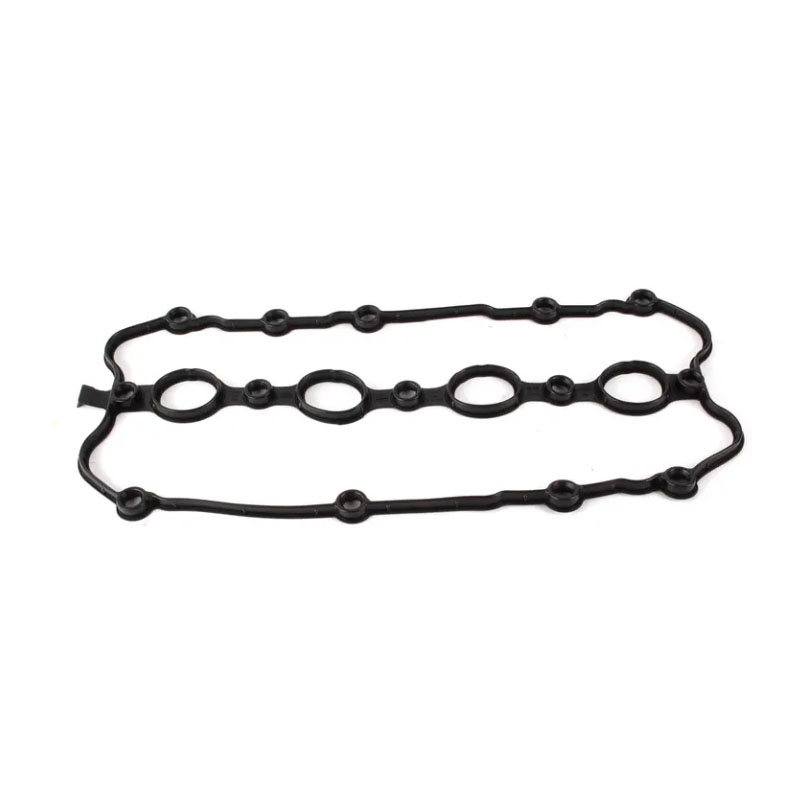o ring rotating shaft
Understanding O-Ring Seals in Rotating Shaft Applications
Introduction
O-rings are versatile and widely used mechanical components known for their simplicity and effectiveness in sealing applications. In the context of rotating shafts, O-rings play a critical role in preventing fluid leaks and protecting against contaminants. This article will delve into the importance of O-rings in rotating shaft systems, their design, materials used, and best practices for their implementation.
The Role of O-Rings in Rotating Shaft Applications
O-rings are circular elastomeric seals that fit into grooves between two parts, creating a barrier against leakage. When applied to rotating shafts, O-rings are essential in applications such as motors, pumps, and various machinery where a rotational motion creates potential pathways for fluid or contaminants to escape. The primary function is to provide a tight seal around the rotating shaft, ensuring that lubricants stay where they belong while preventing outside contaminants from entering sensitive components.
Challenges in Sealing Rotating Shafts
Sealing rotating shafts presents several challenges that must be addressed to ensure effective sealing performance. The dynamic nature of rotating shafts leads to continuous movement, which can cause wear and tear on the seals. Factors such as temperature fluctuations, pressure variations, and exposure to harsh chemicals can also impact the integrity of O-rings. Therefore, selecting the right materials, designs, and installation techniques is vital to achieving a reliable seal.
Material Selection for O-Rings
The material of an O-ring plays a crucial role in its sealing performance. Common materials used for O-rings include
1. Nitrile (Buna-N) Resistant to oils and fuels, nitrile is a popular choice for applications involving petroleum-based fluids. Its excellent wear resistance makes it suitable for rotating shafts in various industries.
2. Viton (Fluorocarbon) Known for its exceptional resistance to high temperatures and aggressive chemicals, Viton is ideal for applications where extreme conditions are present.
4. EPDM (Ethylene Propylene Diene Monomer) Highly resistant to water, steam, and weathering, EPDM O-rings are advantageous in applications exposed to environmental factors.
o ring rotating shaft

Choosing the right material depends on the specific application requirements, including the type of fluid, temperature, pressure, and environmental conditions.
Design Considerations for O-Rings
When designing O-ring seals for rotating shaft applications, several factors must be taken into account
1. Groove Design The design of the groove is essential for ensuring that the O-ring maintains proper compression around the shaft. A well-designed groove minimizes the risk of O-ring extrusion and ensures a consistent seal.
2. Compression O-rings need to be compressed adequately to create an effective seal. The recommended compression range varies between 15% to 30% of the O-ring’s diameter. Too little compression can lead to leaks, while excessive compression may cause permanent deformation.
3. Surface Finish The surface finish of the shaft and the groove itself can impact the sealing performance. A smoother surface reduces friction and wear, while a rough surface can cause premature seal failure.
Best Practices for Implementation
To ensure the longevity and effectiveness of O-ring seals in rotating shaft applications, consider the following best practices
1. Installation Proper installation is crucial to avoid damage to the O-ring during assembly. Use appropriate tools and techniques to avoid stretching or pinching the O-ring.
2. Regular Inspection Routine inspection and maintenance can identify wear and potential failure before they lead to significant issues. Check for signs of wear, such as cracking, swelling, or deformation.
3. Operating Conditions Always ensure that the O-ring material is compatible with the operating fluid and conditions. Monitor temperature and pressure to ensure they remain within the O-ring’s specified limits.
Conclusion
O-rings are indispensable components in rotating shaft applications, providing essential sealing capabilities that prevent leaks and protect machinery from contaminants. By understanding the role of O-rings, selecting appropriate materials, considering design factors, and following best practices, engineers can enhance the performance and reliability of their systems. With proper care and attention, O-ring seals can significantly extend the lifespan of rotating machinery, contributing to enhanced efficiency and reduced downtime.
-
Seal 12x20x5: Precision Radial Shaft Seals for Industrial Reliability
News Nov.24,2025
-
Seal 12x18x5: Essential Guide to Specifications, Applications & Vendors
News Nov.24,2025
-
Understanding Seal 12 20 5: Applications, Specifications & Industry Insights
News Nov.23,2025
-
Durable Oil Seal 85x110x12 – Reliable Sealing Solutions for Industry
News Nov.23,2025
-
Durable and Precise Oil Seal 75x95x10 for Efficient Machinery | YJM Seal
News Nov.22,2025
-
Durable Oil Seal 75x100x10 for Reliable Industrial Performance | YJM Seal
News Nov.22,2025
-
High-Quality Oil Seal 65x90x10 | Durable & Reliable Sealing Solutions
News Nov.22,2025
Products categories















